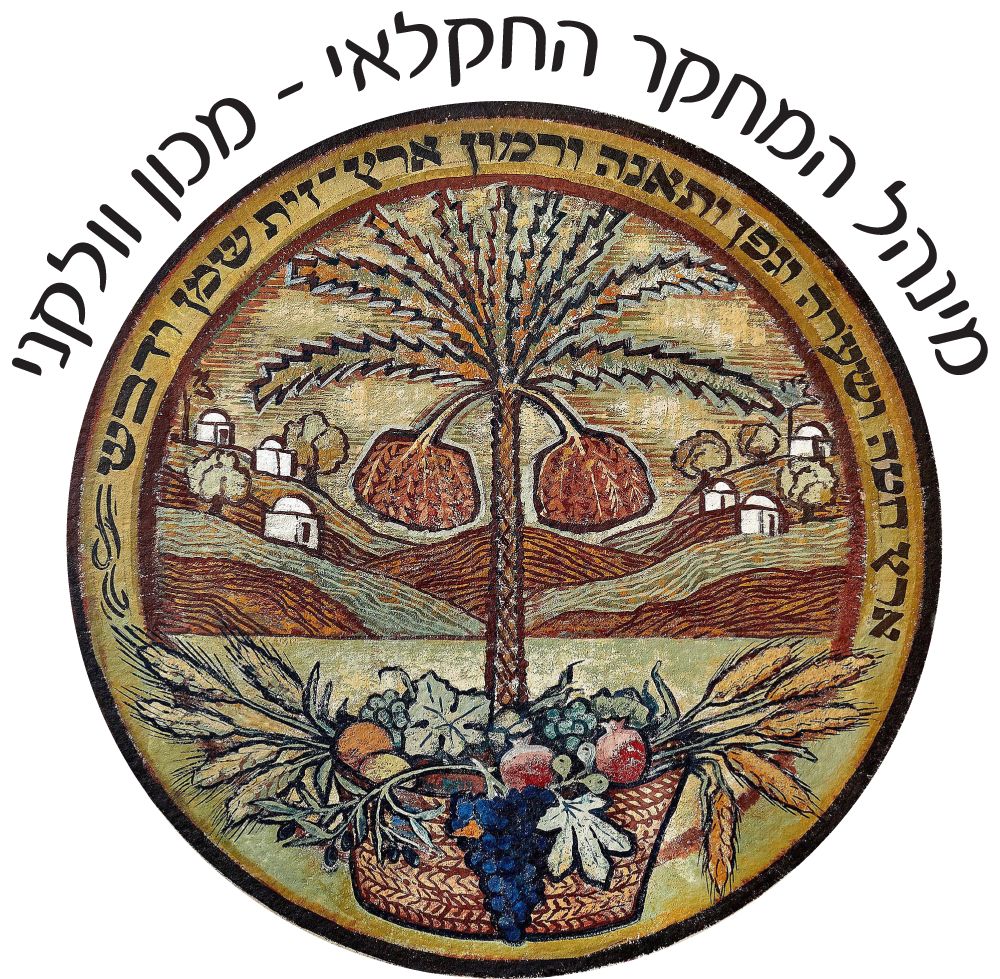Idit Ginzberg Ph.D.
- Institute of Plant Sciences
- Vegetable Field Crop Research
- Gene Bank building, room 214
- +972-506220787
- +972-39683787
Biography
to date-2000 Research Scientist at the ARO, The Volcani Institute, Institute of Plant Sciences
Education
-
1979-1982
B.Sc. in Biology at the Faculty of Life Sciences at Tel-Aviv University.
-
1983-1985
M.Sc. in Microbiology at the Faculty of Life Sciences at Tel-Aviv University. Title of thesis: "Globin gene expression in Friend Erythroleukemia cells".
-
1985-1990
Ph.D. in Microbiology at the Faculty of Life Sciences at Tel-Aviv University. Title of thesis: "The Ustilago maydis killer system: The organization of the toxin encoding genes and characterization of their products".
-
1990-1991
Postdoctoral position at the Department of Botany, Tel-Aviv University. Research subject: "Regulation of nitrogen fixation in cyanobacteria".
Research Interests
Potato tuber periderm – a model system for cork development in plants
Potato tubers are covered with a protective corky tissue called the periderm. The periderm comprises three cell types: phellem, phellogen, and phelloderm. The phellem forms a series of layers at the outermost level of the periderm and is derived from the meristematic phellogen layer (or cork cambium) below it. As phellem cells develop, they become suberized and die, forming a protective corky layer termed ‘skin’.
During tuber expansion, phellogen cell division continuously adds new skin layers, whereas superficial cork cells are sloughed off, rendering the skin smooth and shiny. Some physiological disorders of the potato tuber are related to abnormal development of the skin, including skinning injuries and russeting of smooth-skinned potatoes. ‘Skinning injuries’ refers to the separation of the skin from the tuber flesh. ‘Russeting’ refers to skin that is rough to the touch, with a darker tint compared to the characteristic shiny look of the smooth skin, resulting from abnormal accumulation of phellem cell layers.
Transcriptome analyses made by us resulted in the identification of genes that are specifically and differentially upregulated at skin formation or at skin maturation and may be involved in the regulation of skin-set and prevention of skinning injuries. As to managing the russeting phenomenon – fertilization experiments in the field with Ca, Mg, and K suggested that the binding of K to the corky material of the skin is favored over that of Ca and Mg, resulting in skin russeting. Epigenetic studies showed that skin aging and russeting involve reduced DNA methylation, and suggested that as DNA methylation provides stringent regulation or fine-tuning of gene expression, reduced methylation may reflect weak control of early skin developmental processes resulting in the formation of russet skin instead of smooth.
Fruit cracking in apple and pomegranate
Fruit cracking disorder limits fruit quality and negatively affects shelf-life and marketability. We studied the causes and mechanisms of fruit skin susceptibility to cracking, developed a protocol to reduce calyx end cracking in apple by spraying a mixture of gibberellin and cytokinin (GA4+7 +BA), and suggested a model for strengthening fruit-skin resistance to growth strains. GA4+7 +BA treatment at cell division stage of the young apple fruit induced an immediate increase in epidermal cell density with a long-term effect – at harvest, the skin of the mature apple maintained a higher number of epidermal cells compared to untreated control, and genes related to epidermal cell patterning and cuticle synthesis were up-regulated. Overall, we suggested that strengthening the skin involves enhanced adhesion between neighboring cells, and enrichment of the cuticular membrane with cell wall components.
A similar increase in epidermal cell density and reduction of fruit cracking was obtained following GA4+7 +BA treatment of pomegranate fruit. In addition, we found that high temperatures at the phenological stage of maximal pomegranate fruit growth, reduce fruit size, plasticize the skin and reduce fruit susceptibility to cracking. Transcriptome analysis of pomegranate skin (the colored layer without the spongy tissue) confirmed that lignification is involved in skin hardening and that ethylene, polyamines, and jasmonic acid pathways are involved in skin ripening of this non-climacteric fruit, contrary to what is known about other non-climacteric fruit. The in-depth research on pomegranate, including the effect of irrigation and climate conditions on the cracking of the fruit, is currently being studied within the framework of the EU HORIZON project.
Research Areas
- Potato tuber periderm - a model system for cork development in plants
- Fruit cracking in apple and pomegranate

